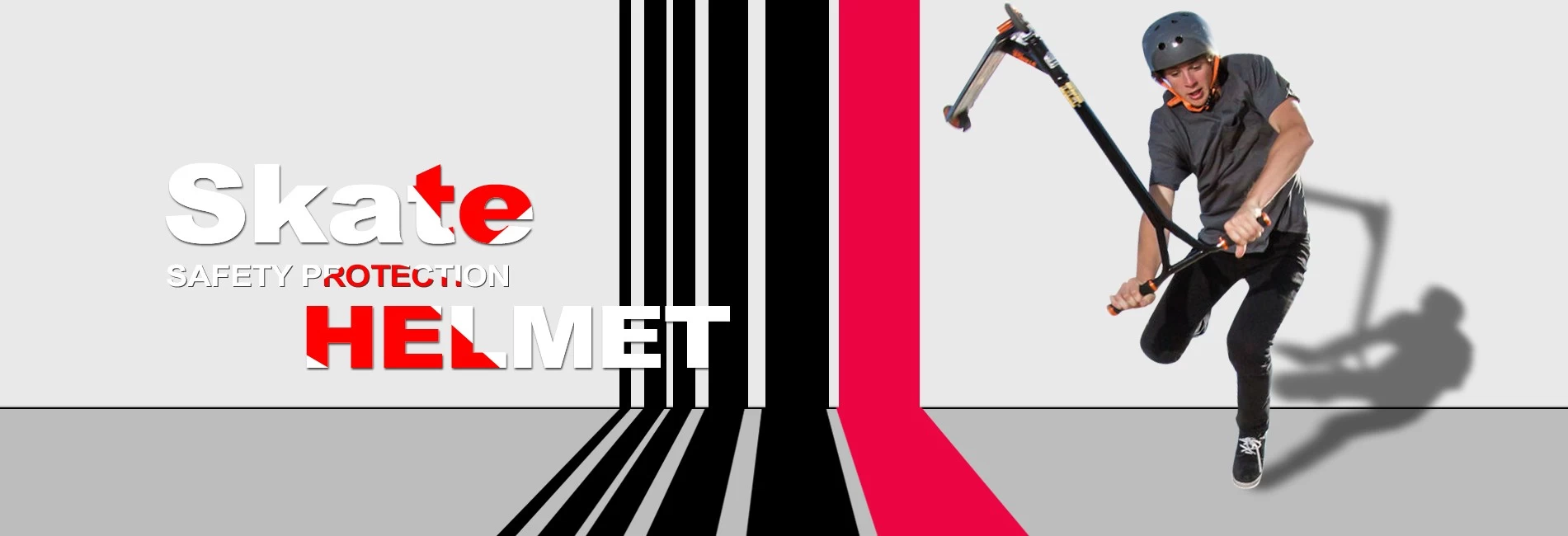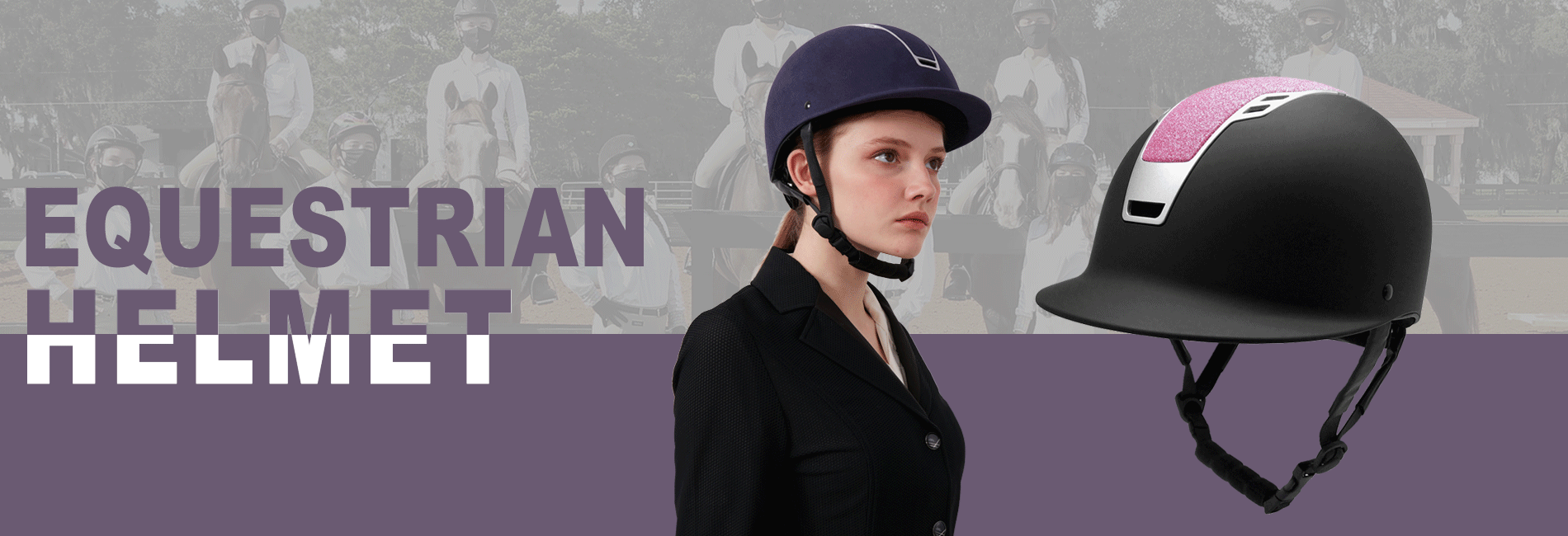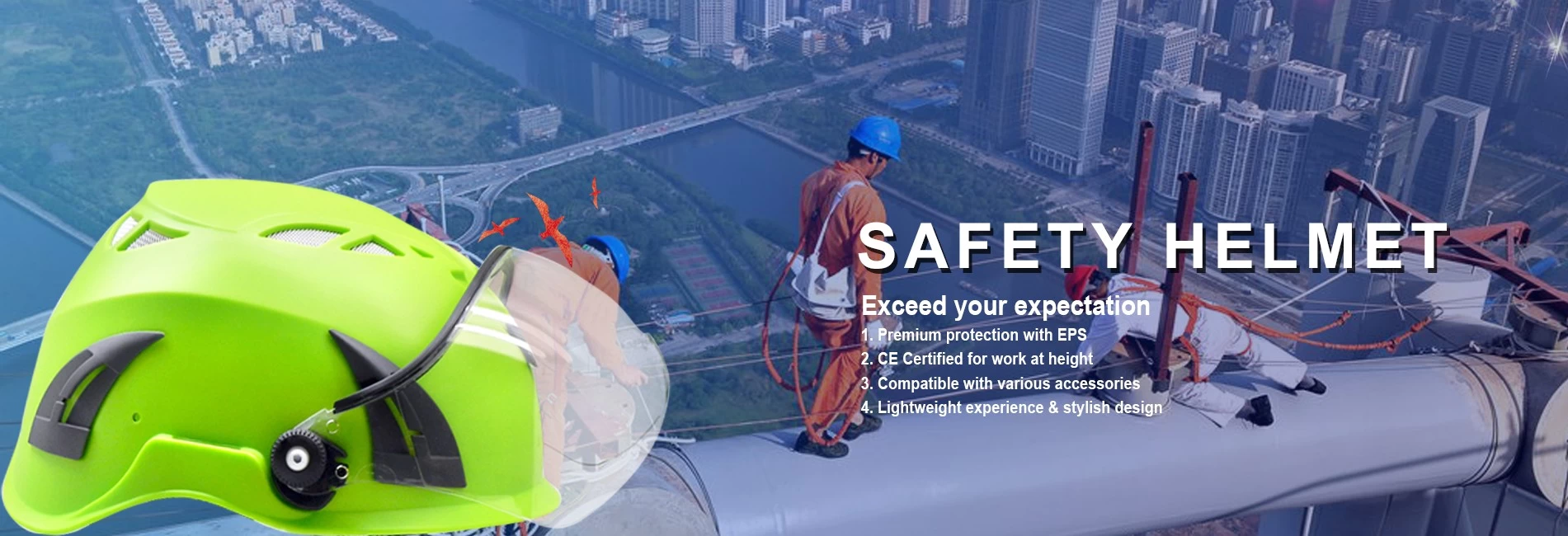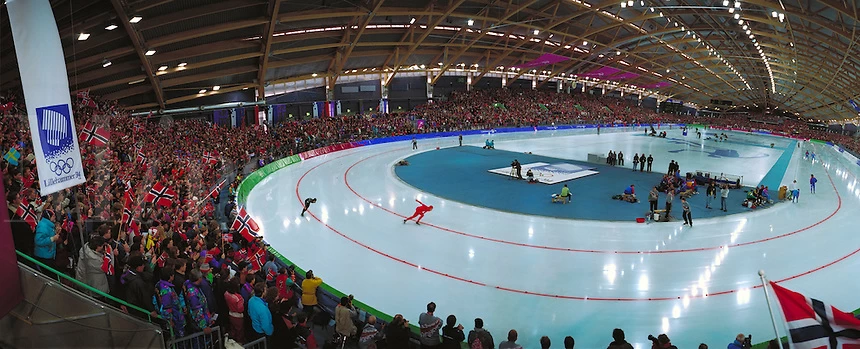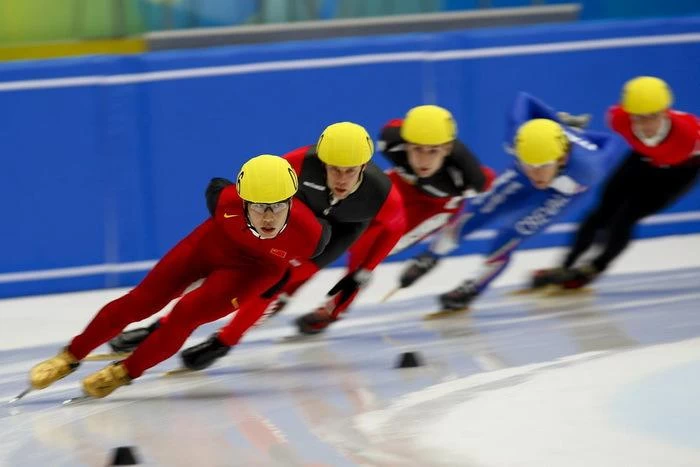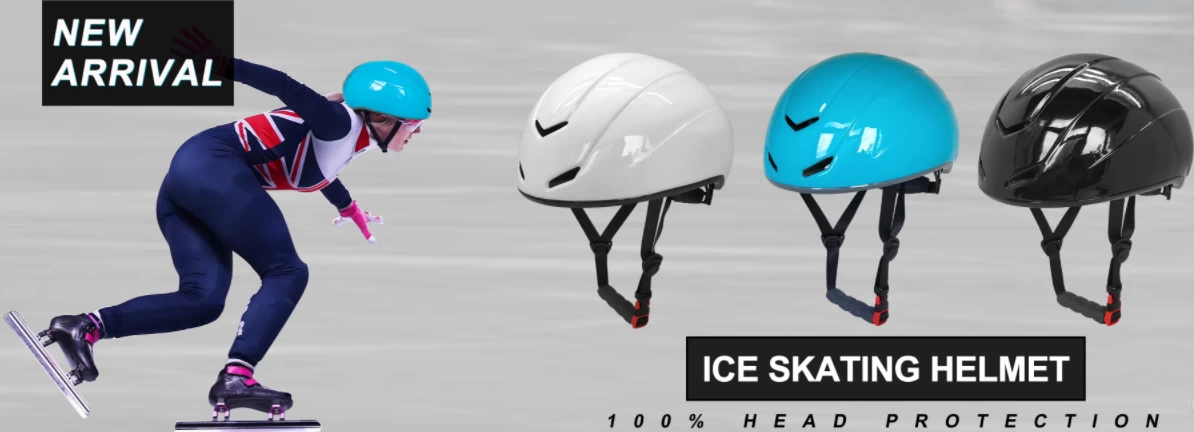What's the difference between Short track and long track speed skating?
2020-04-14 18:55:57
Most people know these two forms of competition. While many people wants to know more about their difference. Below are a preliminary introduction for you.
1.Speed skating ovals
Short track speed skating involves smaller ovals, measuring just over 111 metres in length, while long track ovals are 400 metres. The smaller short track oval means that turns make up most of the race.
1.Speed skating ovals
Short track speed skating involves smaller ovals, measuring just over 111 metres in length, while long track ovals are 400 metres. The smaller short track oval means that turns make up most of the race.
2.Events in speed skating
Short track events include individual races over 500m, 1000m, and 1500m, plus a 5000m relay for men and a 3000m relay for women. New at Beijing 2022 will be a mixed gender relay. Short track races are contested pack-style, typically with four to six competitors per heat, depending on the distance. However, there are cases where you might see seven or eight skaters when extras are advanced if they were impeded by other skaters in the previous round.
Olympic long track events also include individual races in 500m, 1000m, and 1500m for both genders as well as team pursuits. Additionally, men compete in 5000m and 10,000m while women race in 3000m and 5000m. In these races, only two competitors are on the ice at a time, each skating in their own lane against the clock. But long track has its own pack-style event, the mass start, in which the entire field is on the ice at one time. This race, which made its Olympic debut at PyeongChang 2018, is arguably the most chaotic of all speed skating events as up to 24 competitors take the ice at once.
Short track events include individual races over 500m, 1000m, and 1500m, plus a 5000m relay for men and a 3000m relay for women. New at Beijing 2022 will be a mixed gender relay. Short track races are contested pack-style, typically with four to six competitors per heat, depending on the distance. However, there are cases where you might see seven or eight skaters when extras are advanced if they were impeded by other skaters in the previous round.
Olympic long track events also include individual races in 500m, 1000m, and 1500m for both genders as well as team pursuits. Additionally, men compete in 5000m and 10,000m while women race in 3000m and 5000m. In these races, only two competitors are on the ice at a time, each skating in their own lane against the clock. But long track has its own pack-style event, the mass start, in which the entire field is on the ice at one time. This race, which made its Olympic debut at PyeongChang 2018, is arguably the most chaotic of all speed skating events as up to 24 competitors take the ice at once.
3.Equipment in speed skating
Short track boots are much stiffer and feature a higher cut to help competitors deal with extreme cornering forces. Long track boots, on the other hand, are low cut and flexible enough that they can be bent in your hands. The design of the blades is also different.
Head gear between short and long track skaters. Helmets are mandatory in all short track events given the unpredictable and dangerous nature of pack-style races, while they are also worn in the new long track mass start event. Traditional long track events, though, do not require helmets. Instead, competitors wear aerodynamic full-body suits that cover their heads.
Short track boots are much stiffer and feature a higher cut to help competitors deal with extreme cornering forces. Long track boots, on the other hand, are low cut and flexible enough that they can be bent in your hands. The design of the blades is also different.
Head gear between short and long track skaters. Helmets are mandatory in all short track events given the unpredictable and dangerous nature of pack-style races, while they are also worn in the new long track mass start event. Traditional long track events, though, do not require helmets. Instead, competitors wear aerodynamic full-body suits that cover their heads.
4.Technique in speed skating?
Short track skaters are able to get extremely low to utilize their momentum on turns. That signature hand-on-the-ice technique is also crucial for short track skaters as they fly around tight corners. Long track skaters are stronger straightaway speedsters, reaching up to 65 kilometers per hour, but they lack the cornering efficiency of their short track counterparts. Also keep an eye on the body position of the long track skaters: For aerodynamics, especially in long distance events, skaters will try to keep one arm tucked behind their back while staying bent over at the waist.
While short track and long track speed skating certainly look similar on the surface, you probably now understand why they’re considered different sports. Now, it’s time to choose one that you like! Friendly reminder, wearing a qualified helmet during practice could greatly help to lower the risk of injury.
Short track skaters are able to get extremely low to utilize their momentum on turns. That signature hand-on-the-ice technique is also crucial for short track skaters as they fly around tight corners. Long track skaters are stronger straightaway speedsters, reaching up to 65 kilometers per hour, but they lack the cornering efficiency of their short track counterparts. Also keep an eye on the body position of the long track skaters: For aerodynamics, especially in long distance events, skaters will try to keep one arm tucked behind their back while staying bent over at the waist.
While short track and long track speed skating certainly look similar on the surface, you probably now understand why they’re considered different sports. Now, it’s time to choose one that you like! Friendly reminder, wearing a qualified helmet during practice could greatly help to lower the risk of injury.



